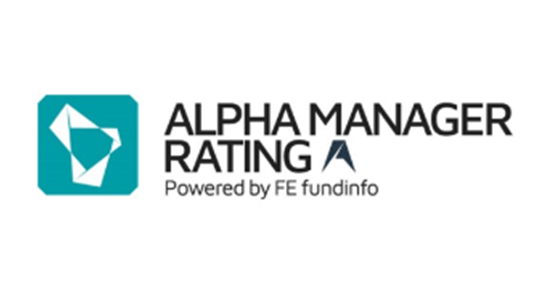For most financial advisory firms, the pandemic accelerated many advancements already underway. Digital acceleration and greater adoption of technology amongst financial advisers drove growth in the UK financial advice market, our latest adviser survey has found.
With remote working on the rise and the end-client experience evolving, businesses built around relationships need to adapt in many ways. Financial technology is key in supporting advisers to capitalise on the operational efficiencies that will present themselves.
We interviewed Matthew Wiltshire, award-winning Chartered Financial Planner and Managing Director at Niche IFA, a specialist financial advice firm based in Newport, South Wales.
Matt has advised thousands of clients, so we asked him what a good financial advice process consists of and gathered some great insights including the best processes to follow as an IFA, recommended tech stack, how to drive value, and what he believes success looks like.
What does a good advice process look like?
Being an IFA means putting your clients’ needs and goals at the forefront of your service. Therefore, you need to be empathetic, and be able to build a strong rapport and relationship with your client. A good financial planner, often, these days will not be picking a fund, or curating a model of funds for a client. We must understand how the markets are going to work and how we can utilise that to our advantage.
Technical information is critical, but I see value being driven in simplicity, like having a simple and transparent pricing structure, using simple terminology and technology that can make the client experience interactive and engaging at every touchpoint.
What processes have you followed at Niche IFA?
We operate on a fixed monetary fee basis, meaning we have a set of ongoing and upfront costs for the work we do. We provide clients with an agreed level of service and itemise a list of things that we will do on an annual or a six-monthly basis, for example. This means from the first encounter; we know how much to quote and can provide that directly to the stakeholders involved. Not only is this transparent for the end client, but it also holds us accountable and it's then incumbent upon us as a company to be as efficient as possible, finding ways to remove friction.
“Reducing friction is key in creating a seamless and engaging client experience. Previously, we were keying at least four times per case, simply between, the initial fact find, back office system, the ATR provider or the research tool and then the platform itself.

So, at a minimum we were having to key those details in four times, depending on the size of the case. Some of those processes were internal and some were client directed. Ultimately, it was a case of can we trim this down in any way?
Just getting clients into the office was a huge help, we now get clients to do some preparatory work in advance of that first meeting, so we can start doing a fact find in advance. This allows us to get a broader view of the client, but more importantly, it keeps our fees to a minimum.
As managing director, I need to identify bottlenecks within our processes. So, our back office was an important one for me, and we changed back-office providers from Intelliflo to Curo. From a process perspective, that was important because it democratised our data so we could utilize the deep integrations with FE CashCalc. Curo was better for the size of business that I am in now, which is 20 plus staff. We needed to have good systems and control of our internal processes to deliver the best possible client experience, so we leverage the best technology and use automation to help boost efficiencies and maintain compliance.
What tools do you use to support your clients?
The starting point for our advice process is establishing what the client’s current situation looks like. We see if their existing financial arrangements can be utilised to meet their objectives, and we establish their investment vehicles, savings, and overall financial situation. Once we know what the client's goals and objectives are initially and what they're trying to achieve, we then need to understand the current market situation and we use FE Analytics and FE CashCalc to understand what they’re invested in currently, analysing if that’s performing well against their benchmarks, meeting their risk objectives or ethical constraints and what their cashflow projections look like.
We have a centralised investment proposition, and we partner with low cost MPS providers. We assess suitability based on the client's risk levels and whether they have short, medium, and long-term objectives.
We tend to use low cost, passive investments and partner with a good model portfolio provider or discretionary fund manager. We use Tatton and FE Investments MPS as they give us great depth. We knew that an investment platform was going to be one of the best options and we partnered with Aviva and Hubwise. Hubwise have been able to provide us with our own white labeled version of their platform, which we then utilise as a cost-effective solution.
At Niche we use a collaborative approach to delivering our advice, matching our clients’ risk appetite, ethical objectives, suited investment strategy or platform.
Connecting financial advice
The FE fundinfo Financial Advice Hub brings together an end-to-end advice process and has been developed to help advisers digitally onboard and engage their clients, create financial plans, analyse investment options, and invest in managed portfolios. Focused on driving efficiencies, client engagement and digitising the client journey, saving time and cost for both advisers and the end-client.
Our expertise in data and technology can save you time and help you deliver the best customer outcomes.





